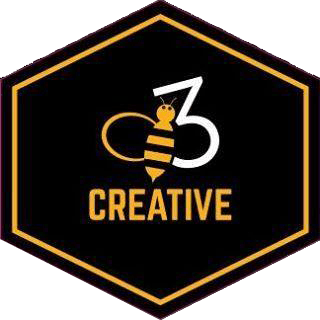This is an example of a blog post, with Heading 2.
This dummy content is here to explain what content to put where. When you are ready to write a blog, click “Add New” and either delete this blog, or make it into a Draft, so you can refer back to it.
Try adding a list of bullet points:
- This is your first example
- Maybe another one for good measure
- And a final offering.
Make the most of Bold Text to make a sentence really grab the attention.
Add in sub headings to break up the text – this is a Heading 3.
If you want to include a short summary of this blog that will appear on the general blog page, scroll to the “Excerpt” section below.
Why you need a Featured Image
A Featured Image will show up on your main Blog/News page, along with the title. To make this page look neat, make sure all the featured images are the same proportion.
More important details to improve your blog (this is another Heading 3).
Headings help the reader understand the relevant importance of the content. You will only need Heading 2 for the introductory title of your blog. Use Heading 3 for any sections below this. If you have sections within sections, use a Heading 4. We will use sub sections below:
Images (Heading 4)
Images are valuable way of illustrating your points. Make sure you add the Alternative Text to your image to help your SEO.
Add a caption to improve the value of the image in your blog
And here is an example of an image without a caption – you can choose the size of image to display when you choose the image.
Categories (Heading 4)
There are two categories to demonstrate:
- Uncategorised, which is the default
- Example Category, which we have included to demonstrate
Uncategorised will be chosen for your blog by default, but you can easily change this in the Categories box on the right. You can also add new Categories here.
Always include a Call to Action at the end of your blog.
Include a link to another page of your website or another blog at the end.
Category: Uncategorised
